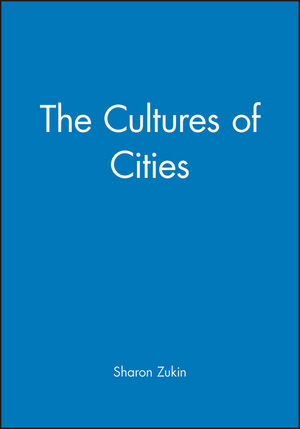The Cultures of CitiesISBN: 978-1-55786-437-6
Paperback
336 pages
January 1996, Wiley-Blackwell
 This is a Print-on-Demand title. It will be printed specifically to fill your order. Please allow an additional 10-15 days delivery time. The book is not returnable.
|
||||||
While cultural gentrification may contribute to making our cities both safer and more civilised places to live, it has its darker side. Beneath the perceptions of "civility" and "security" nurtured by cultural strategies, Zukin shows an aggressive private-sector bid for control of public space, a relentless drive for expansion by art museums and other non-profit cultural institutions, and an increasing redesign of the built environment for the purposes of social control.
Tying these developments to a new "symbolic economy" based on tourism, media and entertainment, Zukin traces the connections between real estate development and popular expression, and between elite visions of the arts and more democratic representations. Going beyond the immigrants, artists, street peddlers, and security guards who are the key figures in the symbolic economy, Zukin asks: Who really occupies the central spaces of cities? And whose culture is imposed as public culture?
Combining cultural critique, interviews, autobiography and ethnography, The Culture of Cities is a compelling account of the public spaces of modernity as they are transformed into new, more troubling landscapes.



